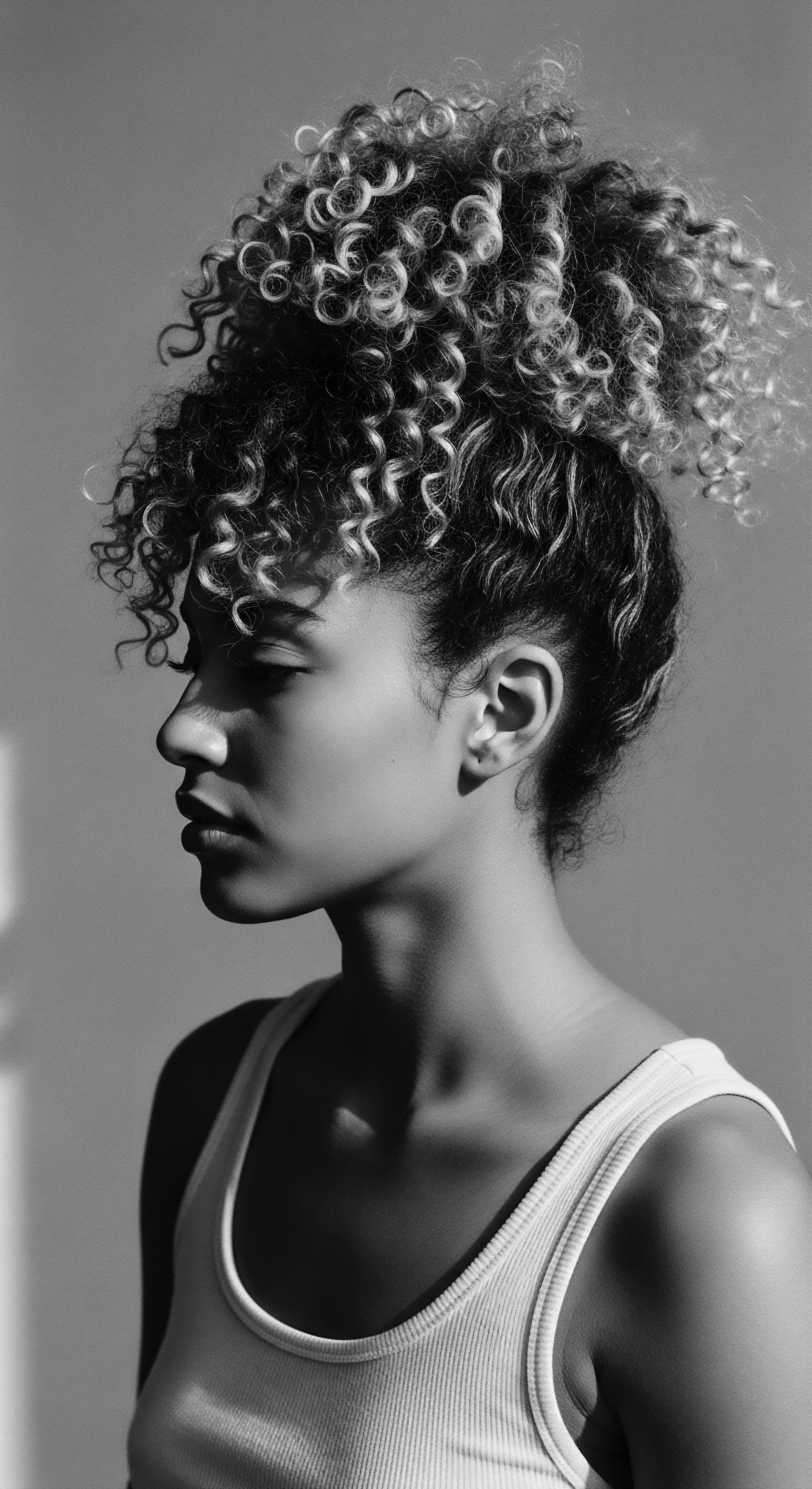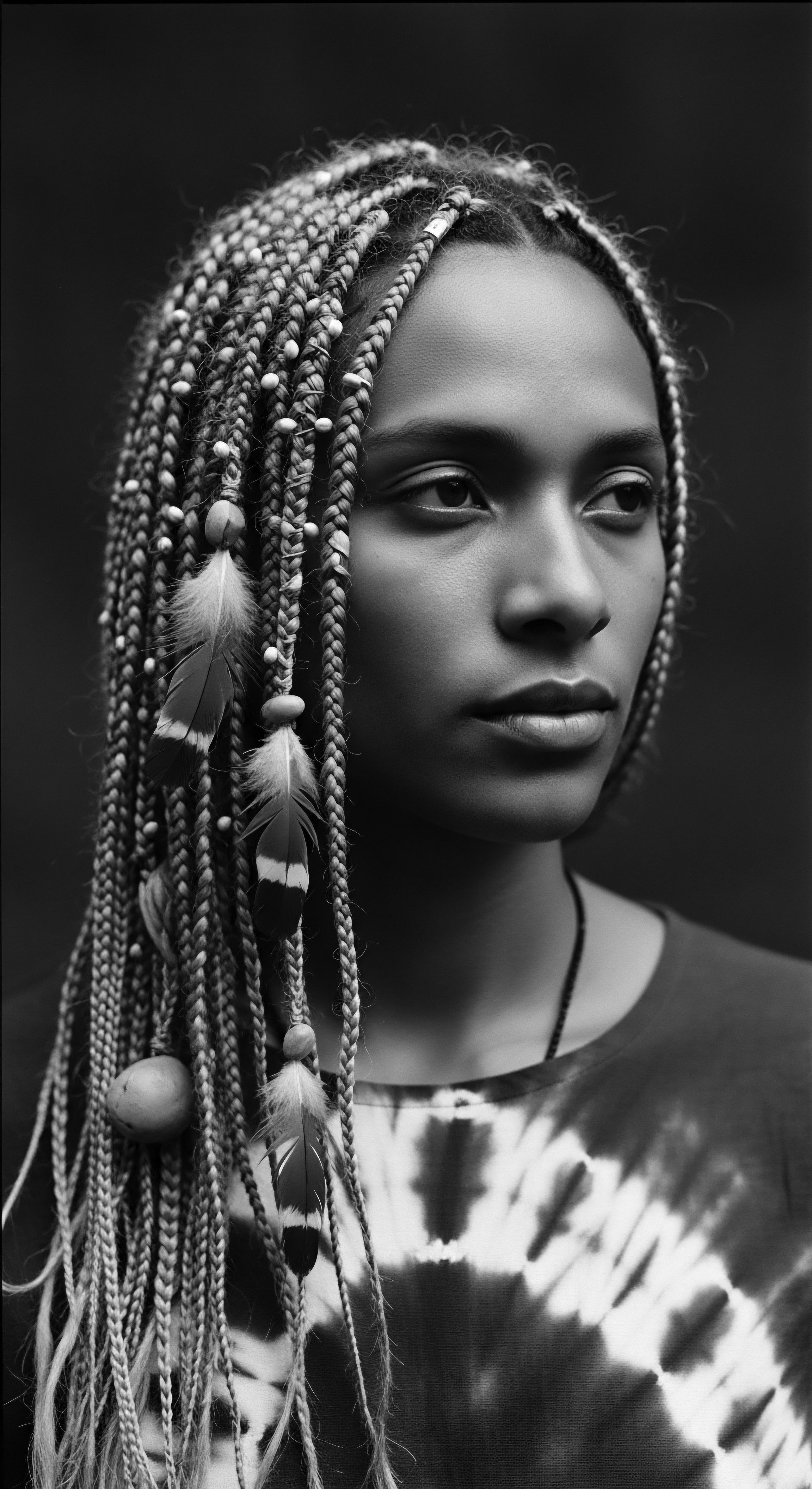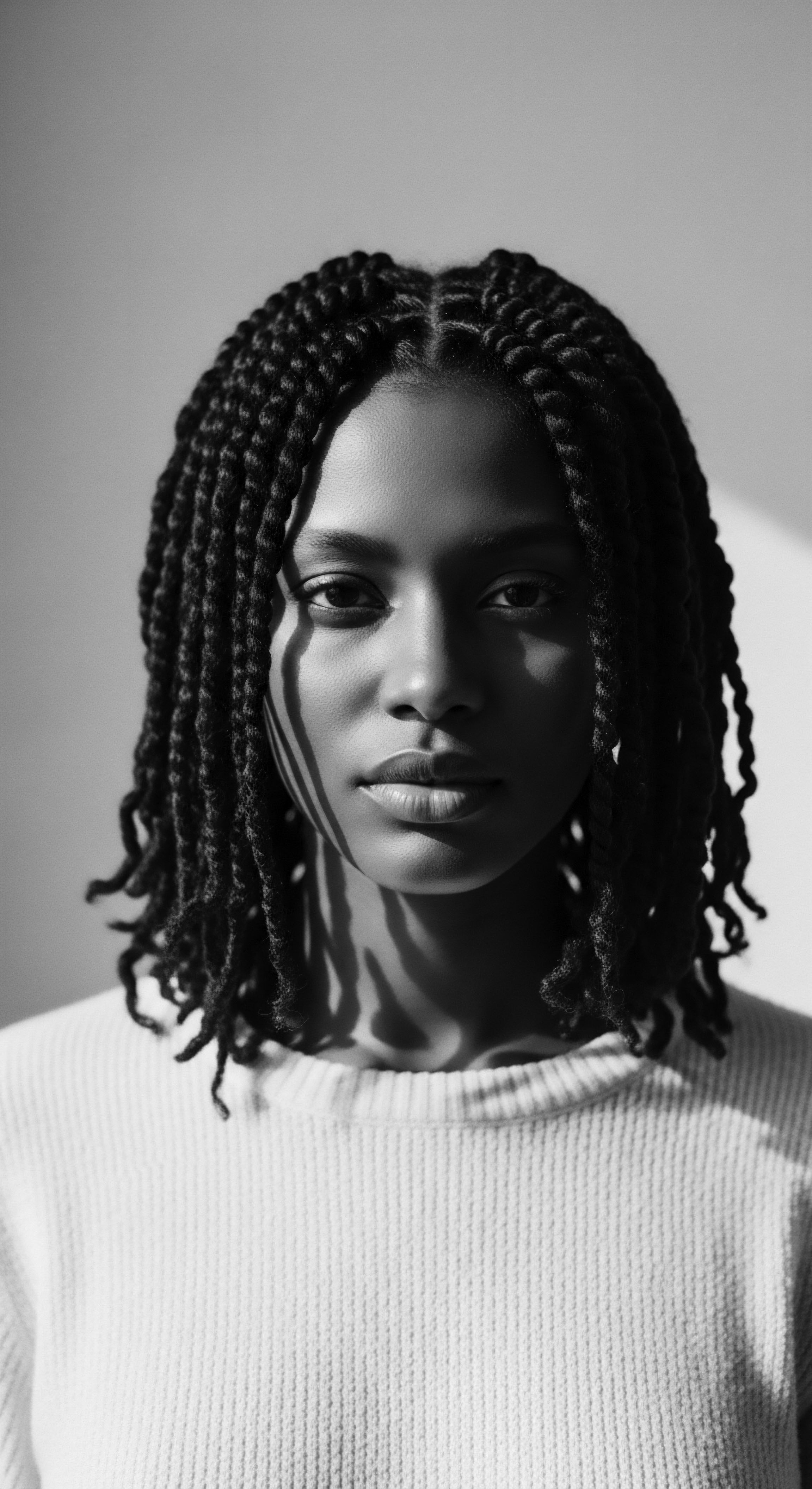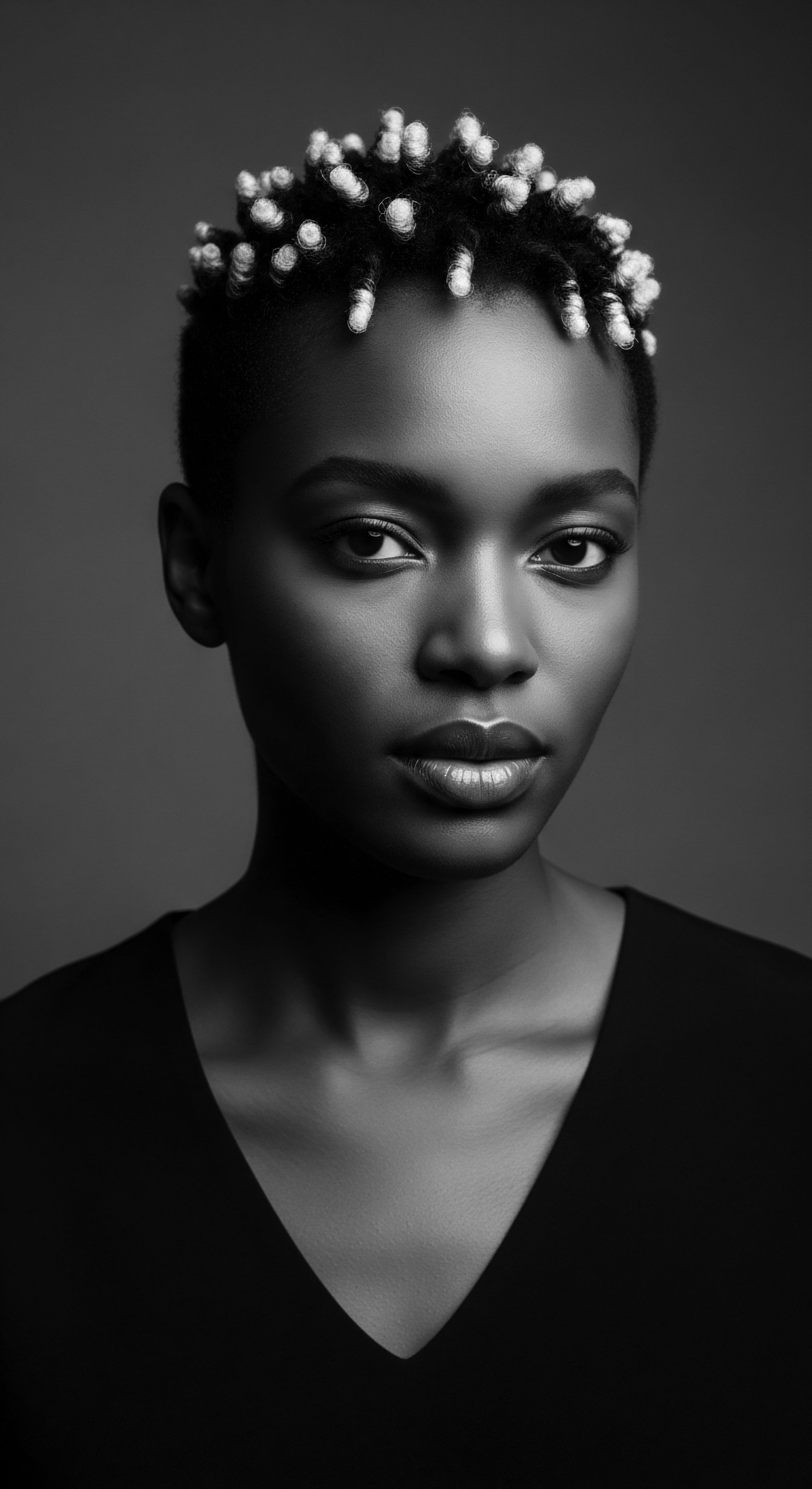
What ancestral hair practices sustained textured strands across varied climates?
Ancestral hair practices sustained textured strands through protective styling, natural ingredients, and communal rituals deeply rooted in heritage.

How did historical climates shape textured hair care?
Historical climates directed textured hair care through ancestral ingenuity, driving protective styles and natural ingredient use for generations.

How did ancestral climates shape textured hair’s needs?
Ancestral climates profoundly shaped textured hair’s unique structure and needs, a legacy visible in its protective qualities and heritage care rituals.

In what ways did environment shape ancient hair care heritage?
Ancient environments shaped textured hair heritage through climate-driven evolution, local botanical sourcing, and adaptive cultural practices.

How did climate shape ancient hair covering traditions for textured hair?
Climate profoundly shaped ancient hair covering traditions for textured hair, driving practical adaptations rooted in protection and cultural heritage.

Challenging Climates
Meaning ❉ Challenging Climates define environmental and systemic pressures historically impacting textured hair and shaping its cultural legacy.

How did ancestral climates shape textured hair?
Ancestral climates steered textured hair's evolution, forging its structure and care in a powerful heritage.

How did ancestral hair practices shape community identity in challenging climates?
Ancestral hair practices provided essential climate protection and served as potent symbols of collective heritage and belonging.

What biological features of textured hair aid climate adaptation?
Textured hair's coiled structure and density provide inherent sun protection and thermal regulation, a biological heritage for climate adaptation.

How did historical communities adapt scalp care for textured hair in diverse climates?
Historical communities adapted textured hair scalp care through localized botanicals and protective styling, reflecting deep ancestral environmental understanding.

How did climate influence traditional oil choices?
Climate shaped traditional oil choices for textured hair, a heritage practice for protection and moisture in diverse environments.

How did climate affect traditional textured hair ingredient choices?
Climate profoundly shaped textured hair ingredient choices, guiding ancestral communities to utilize local botanicals for protection and nourishment, deeply rooted in heritage.

How did ancient Egyptian climate affect textured hair care?
Ancient Egyptian climate challenges led to innovative textured hair care, establishing enduring protective and moisturizing traditions central to our heritage.

How did climate influence traditional oil choices for textured hair?
Climate dictated ancestral oil choices for textured hair, balancing protection and moisture with available local botanicals.

How did climate influence traditional textured hair styling?
Traditional textured hair styling developed from ancestral knowledge, adapting to diverse climates for protection and cultural expression.

Mediterranean Climate
Meaning ❉ A climate with dry, warm summers and mild, wet winters, profoundly shaping textured hair's ancestral care traditions.

What is the legacy of environmental effects on textured hair?
Environmental factors profoundly shaped textured hair's evolution and ancestral care practices, a legacy influencing modern traditions.

Why is textured hair historically significant for climate survival?
Textured hair’s unique structure historically aided climate survival by offering natural insulation and UV protection, a heritage of adaptation.

What is the heritage connection between hair porosity and environment?
Hair porosity's connection to textured hair heritage stems from ancestral adaptations to environment, shaping care rituals for moisture balance.

How did ancient climate influence textured hair’s structure?
Ancient climate shaped textured hair's structure as an evolutionary shield, a living heritage of thermal regulation and protection.

How did climate affect historical oil use for textured hair?
Climate shaped ancestral oil use for textured hair by necessitating protective and moisturizing practices, profoundly influencing hair heritage.

How did climate affect ancient textured hair practices?
Climate deeply shaped ancient textured hair practices, prompting protective styles and ingredient choices rooted in heritage for resilience.

How did climate affect ancient textured hair care?
Ancient climate profoundly shaped textured hair care through environmental adaptation, resourcefulness, and deep ancestral wisdom.

